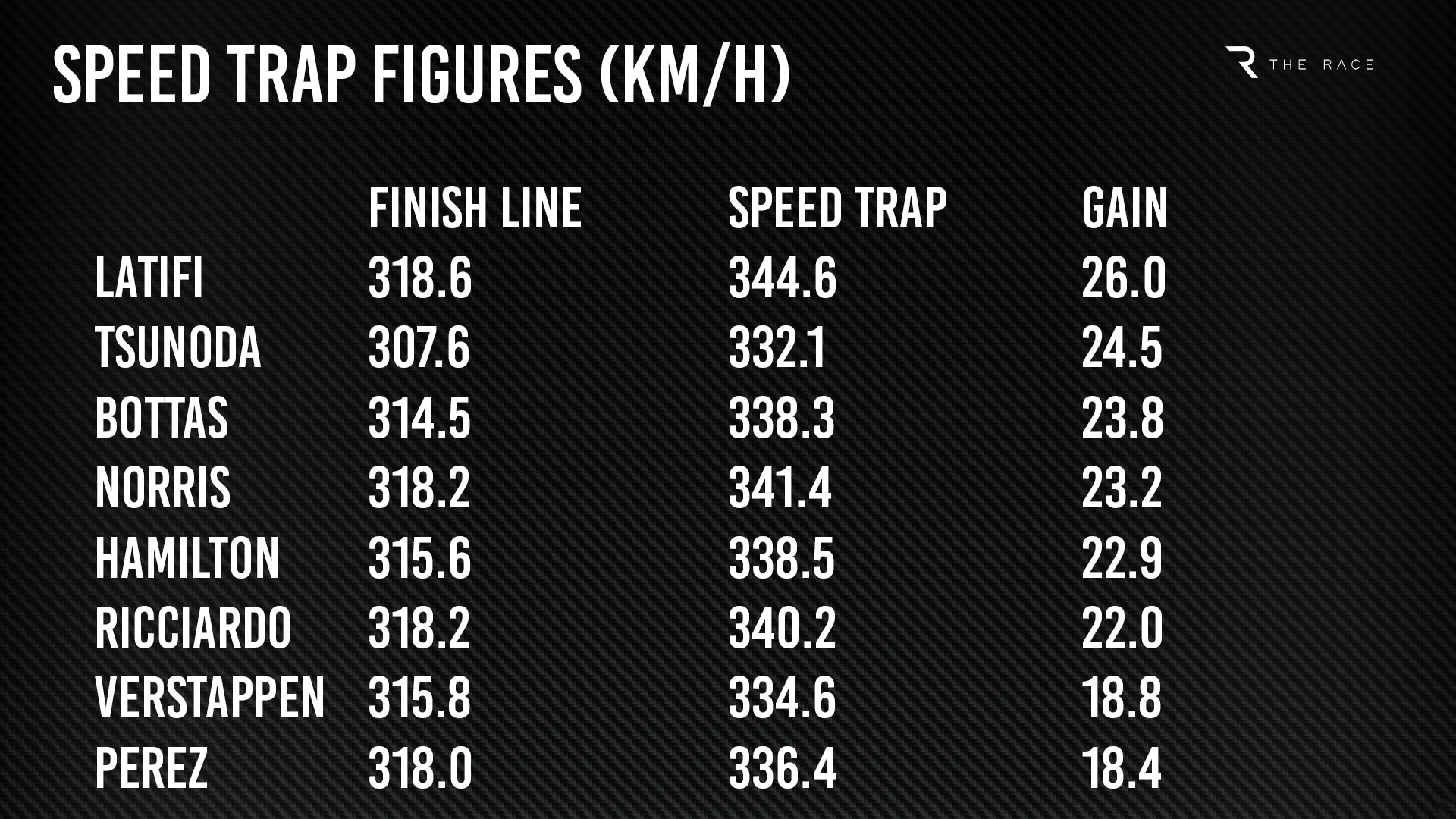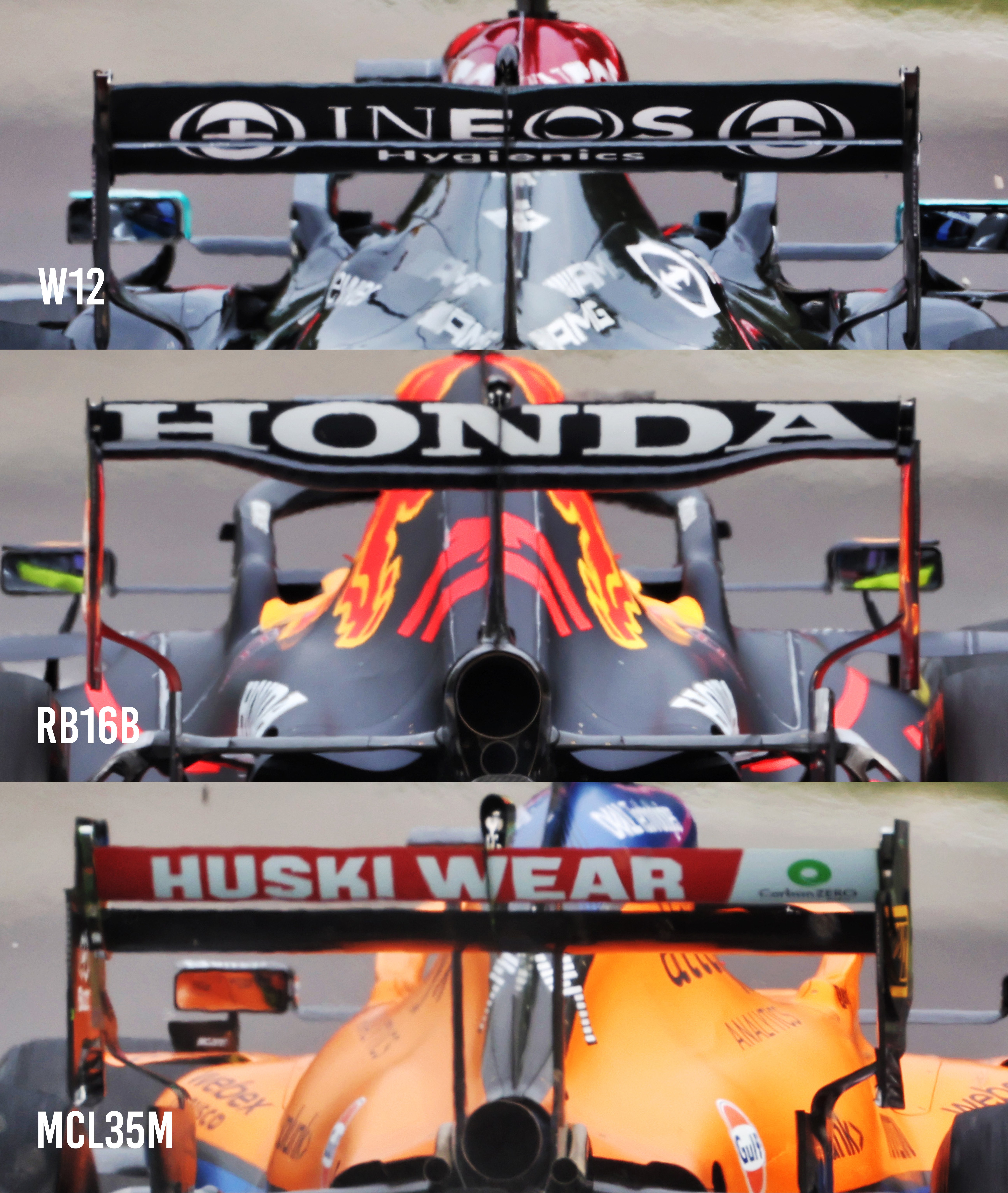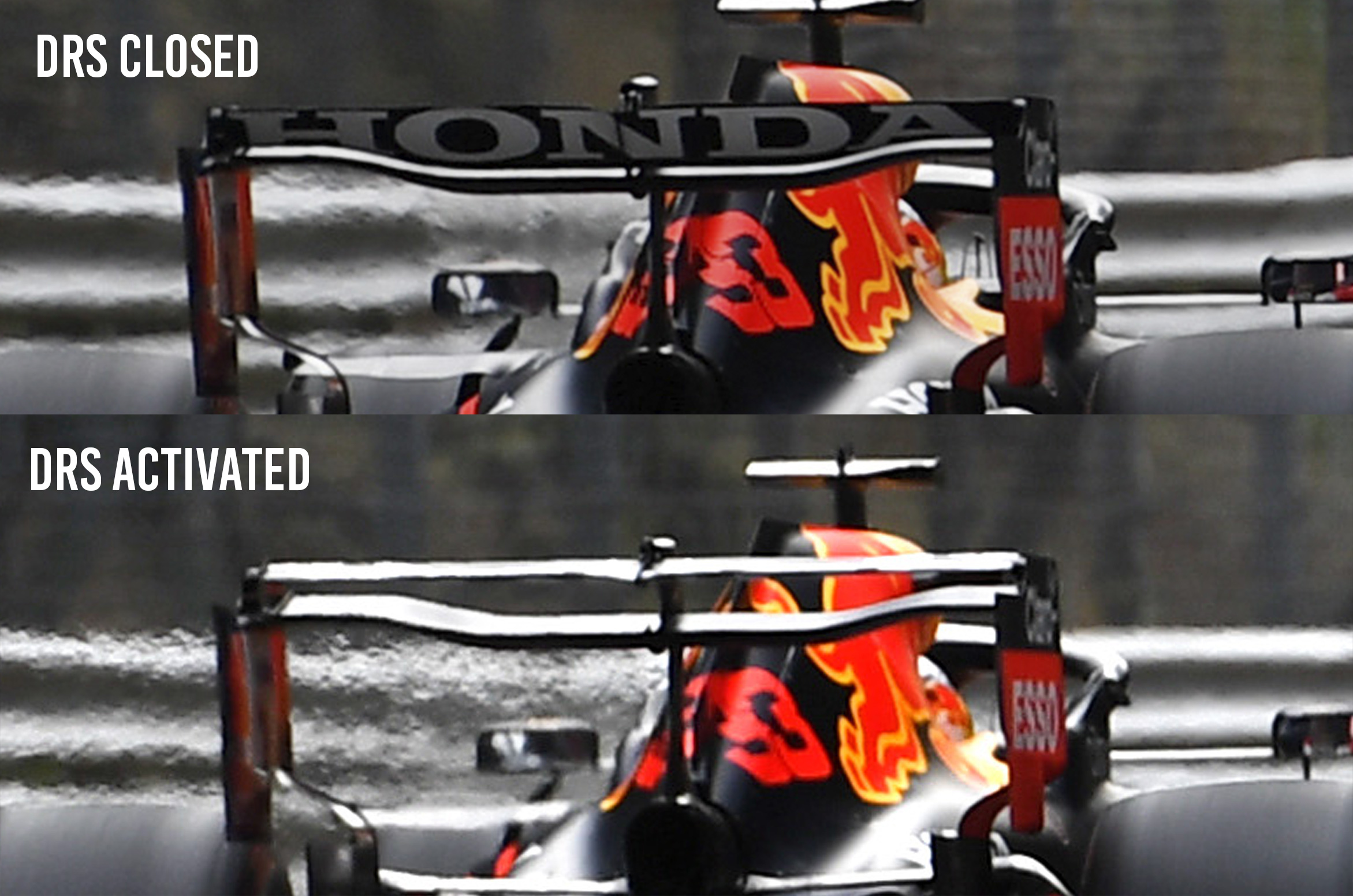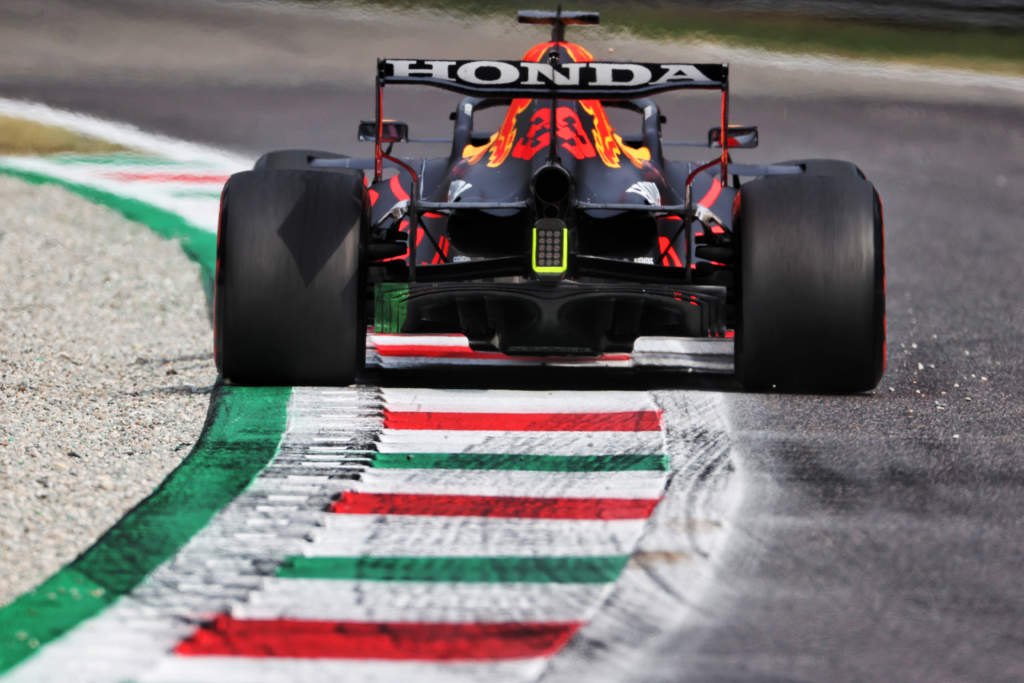Up Next

As the slogan goes, Red Bull gives you wings. Well, at Monza you could say Red Bull gave its drivers too much wing.
Monza is a low-downforce circuit but a big percentage of the laptime is achieved through your time on the straights. Red Bull has, at times in the past, tended to carry a little more wing at tracks like Monza. But it has gone too far this time. It’s not quite all about the amount of wing, it’s the overall balance of downforce and with it drag that I feel it is over the top on.
If we compare Monza to Spa, which has two sectors where speed is the prime mover and one where grip and handling become the priority, Monza has three sectors where speed is critical.
Yes, in qualifying on new tyres you can hang it all out and get a decent laptime, but come the race, when those black bits of rubber are all a bit used you can’t make up for that straight-line speed.
At Monza, there is a speed trap at the finish line as well as the main speed trap at the end of the main straight – 212 metres before the first chicane, to be precise. In qualifying, most drivers get a tow at some point so taking the best speed trap figures for each driver across qualifying gives us comparable data.

I have included the McLaren drivers because the team has done a fantastic job this weekend so far and is very much best of the rest. So that gives us a good reference for what a team outside of the top two can achieve.
It looks like Lando Norris and Daniel Ricciardo might have the right set-up for the race.
Also included are Williams driver Nicholas Latifi and AlphaTauri’s Yuki Tsunoda as they were the fastest and slowest in each speed trap. So that illustrates the full spread of the field – and shows that the speed gain for Red Bull with the DRS open is out of kilter with its overall lap performance, especially at a track like Monza.
Let’s look at the rear wings on the Mercedes and Red Bull (and McLaren) in a little more detail.

Mercedes runs a fairly conventional parallel section in both front/rear and plan view.
Red Bull’s design is a little more complex as it has a slightly deeper section in the middle, then a much shallower section on the outboard ends. But Red Bull also has a longer cord on the outboard ends to compensate for that, which is what I must confess confuses me a little.
Let’s say for simplicity that when the DRS is closed both these rear wings produce the same downforce and drag. However, when both have the DRS open the Mercedes version has a larger rectangular open area from the trailing edge of the main plane to the underneath of the rear flap. This means the size of the opening is maximised within the regulations.

On the Red Bull version, when the DRS is open, the opening on the outboard ends is narrower than the opening in the middle. The regulations permit a maximum opening of 50mm between the two elements which they have in the middle, however, if you average that opening out as an area it will have less open area and with that less overall drag reduction than Mercedes, so less of an increase in top speed compared to the Mercedes.
McLaren’s rear wing is very similar in concept to Mercedes and with very similar DRS drag reduction, so that sort of proves that Red Bull is not following the trend in this area. I know it’s only one race, but to win the championship or even championships you need to be right in there at every event.
DRS has become such a massive feature of F1 since its introduction in 2011. It’s important in qualifying because you can use it on every lap, but that’s nothing compared to how critical it is in the race.
At a circuit like Monza, if you can get in the DRS zone it’s a simple mirror, signal, manoeuvre overtake.
But I don’t think Red Bull has got the balance right just yet, which is why I can’t see Verstappen challenging Hamilton and Bottas in Saturday’s sprint, or Hamilton in the grand prix itself.





